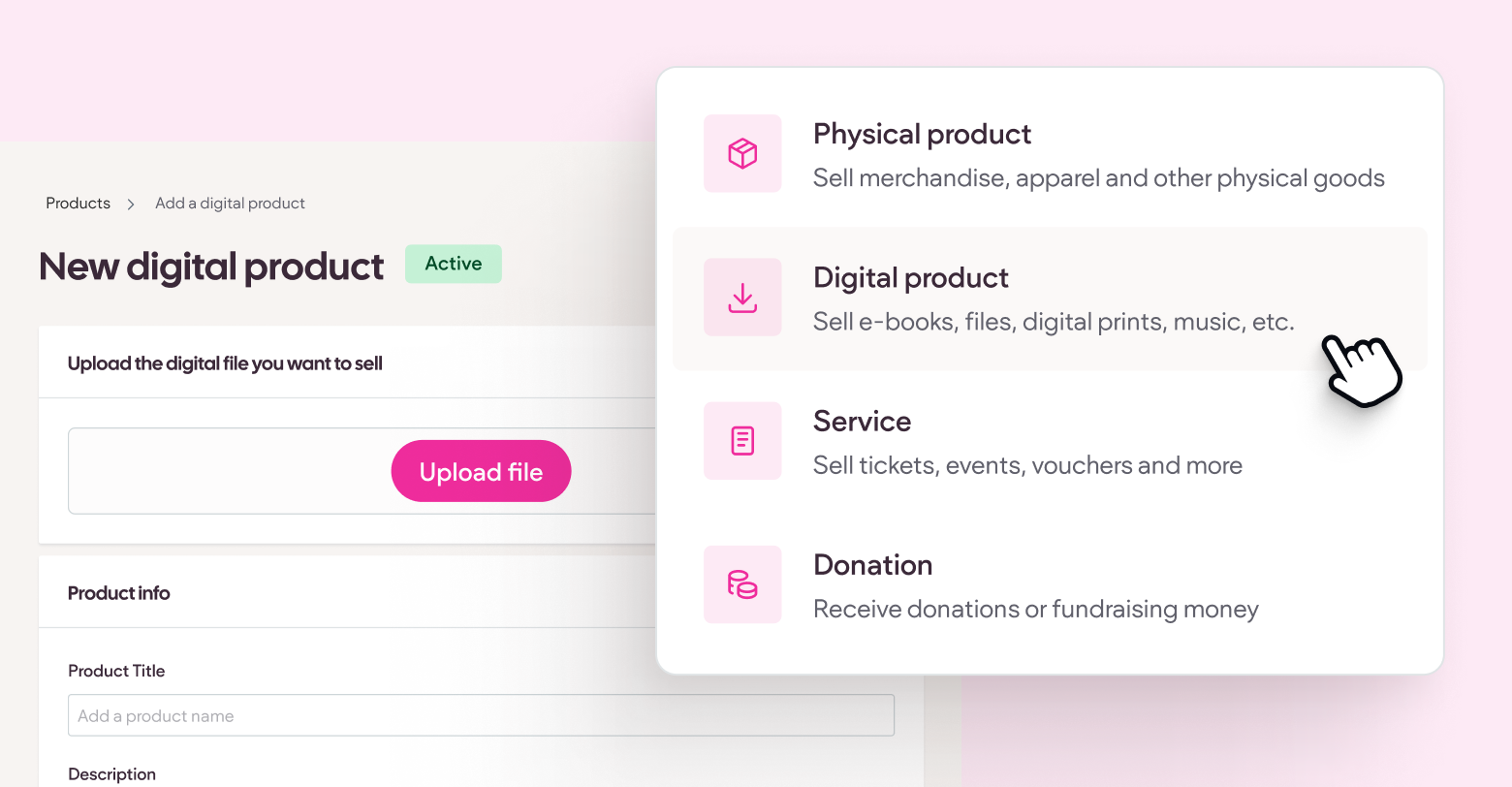First impressions are everything—a saying that is especially important in client relationships. The information you gather the first time you meet with a new client, specifically the quantity, can set the tone for your working relationship going forward. If you gather too little, you’ll find yourself chasing after them until the end of time. I’d address what happens if you collect too much client information, but I’m not sure that’s a problem any agency has ever faced before.
Unfortunately, most of us aren’t very good at onboarding new clients.
Thomson Reuters found that 89% of customers have experienced friction during an onboarding process. That’s despite the
shocking 45% of total working time agencies spend on client management.
So we want to nail onboarding for our next client. How do we do it? The trick, like so much in life, is to get organized.
Start with the content collection form
Duda integrates a pretty nifty “Content Collection Form” directly into the editor, making it easy to get some essential information right out of the gate. Submissions are added directly to the client’s site too, saving you time! If you haven’t used it before, this form requests:
- Images and logos
- Any relevant files
- Business phone numbers and associated location
- Business emails, with labels
- Social media account URLs
- Business addresses
- About Us content
- Company Overview text
- A list of services
This is an extremely helpful start! Now, be forewarned, not all of the information your client enters is going to be ready for primetime. After they submit their response, you may need to go in and massage some of the wording. Especially any freeform content, like “About Us” and “Company Overview.”
Dig deeper with further questions
Some clients have a more mature marketing structure than others. Robust businesses may have color palettes, design preferences, and perhaps even a full style guide! You’ll want to inquire about these assets early.
You’ll also want to develop, on your own, a complete understanding of their business. What do they do and what are their key differentiators?
Once you understand their business and their marketing capabilities, you can begin to dive deeper into the site itself. Do they have opinions on the structure, layout, or functionality of the site? If not, using the information you’ve gathered, you can make recommendations. A particular client may be a great candidate for eCommerce capabilities, for instance, while another may need third-party booking capabilities.
Finally, you’re going to need some technical information. Do they already have a domain? If so, you’ll need some level of access to that. You’ll also want to integrate this website with many Google products including Google’s Search Console and Business Profiles.
Hit the ground running
Getting as much content up front can save your team a lot of time and frustration going forward. Instead of waiting for email responses, you can arm yourself with the information necessary to complete websites faster than ever before.







